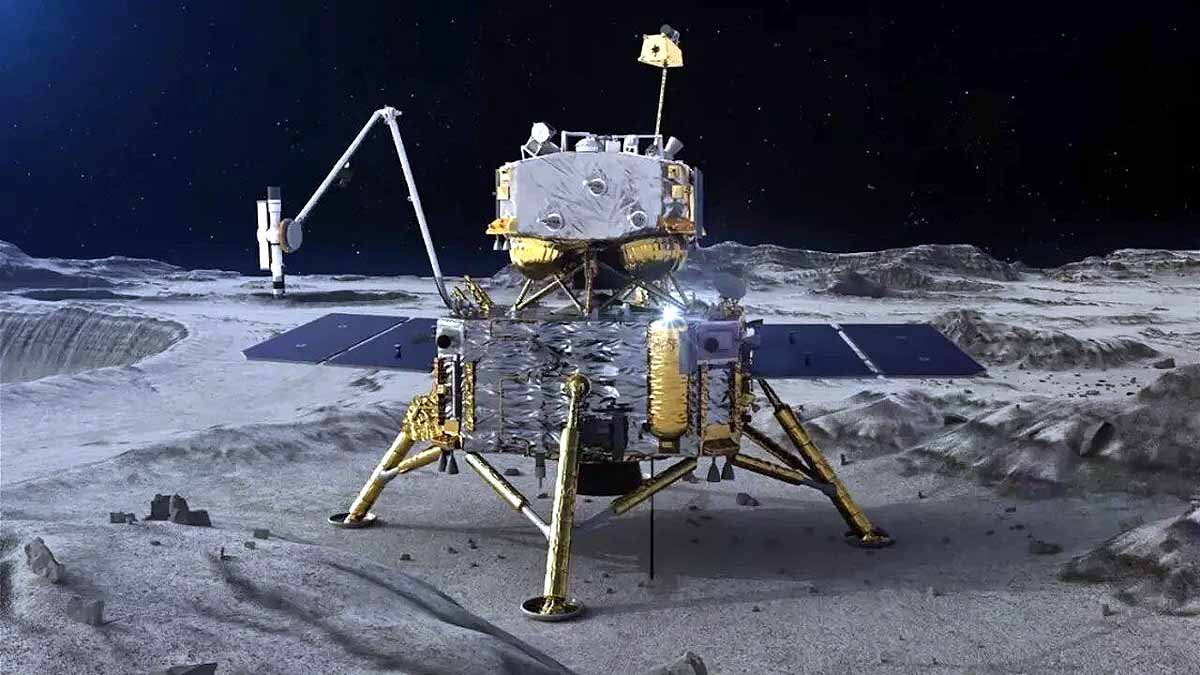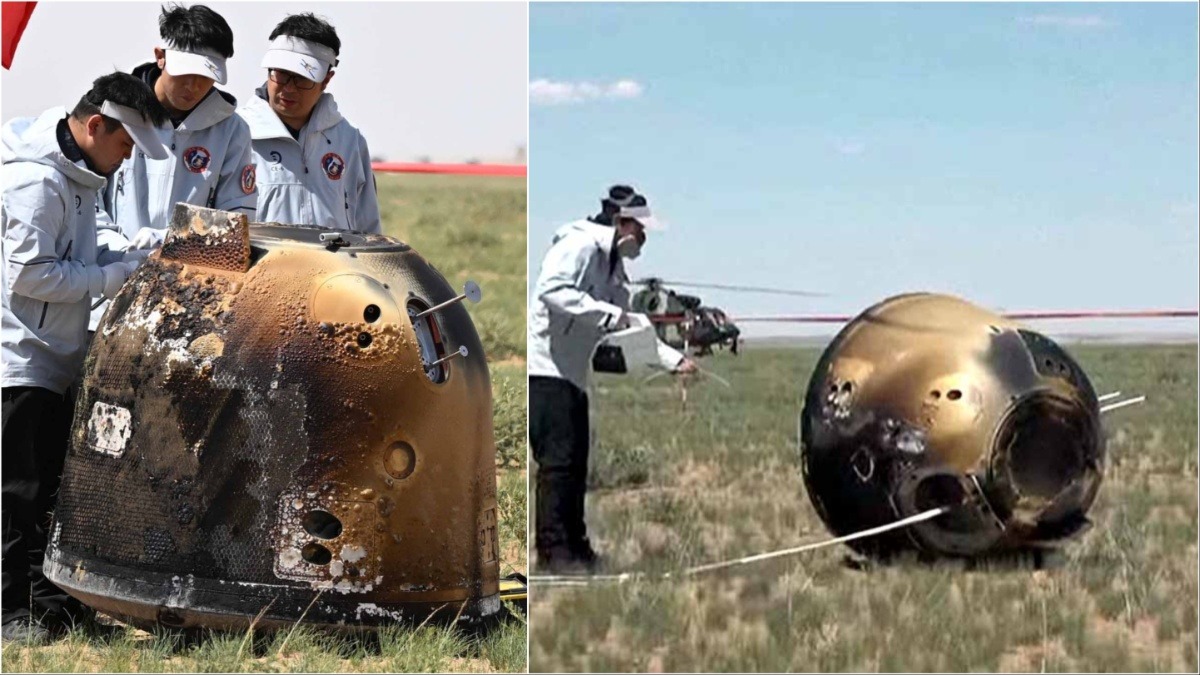China has become the first country in the world to bring back samples from the far side of the Moon. This is the second time China has accomplished this feat. The Chang'e-6 spacecraft successfully landed in Inner Mongolia. Following the landing, Chinese scientists took possession of the samples and transported them to the laboratory via helicopter.
On June 4, 2024, the ascent module attached to China's spacecraft began its journey back to Earth with lunar samples from the dark side. It took 21 days for it to reach China. The ascender—the device that returned from the lunar surface to orbit—is now en route to Earth with the samples.
The Chinese National Space Administration (CNSA) said the mission was launched last month and landed on the Moon's far side on June 2, 2024. With this landing, China became the first country to have landed on the Moon's dark side twice, and has now successfully retrieved samples from there.
China's Space Power Status Escalates
China's status as a space power has surged worldwide. While the United States wants to send astronauts to the Moon and establish a base there, it's possible that China may accomplish these goals before the U.S. and other nations do.

Source: aajtak
The Spacecraft Landed in a Crater-Filled Area
China's Chang'e-6 landed in the Aitken Basin at the south pole of the Moon, a gigantic impact crater formed by a meteorite collision. This mission was filled with innovation and faced numerous challenges. All payloads carried by Chang'e-6 performed their predetermined functions.
China's Mission Was Not Without Its Challenges
The dark side of the Moon has deeper, larger craters and is more challenging for communication, increasing the likelihood of mission failure. The mission is not within direct control and must operate entirely in automatic mode. The spacecraft relies solely on its intelligence and the programs loaded into its onboard computer to function.




